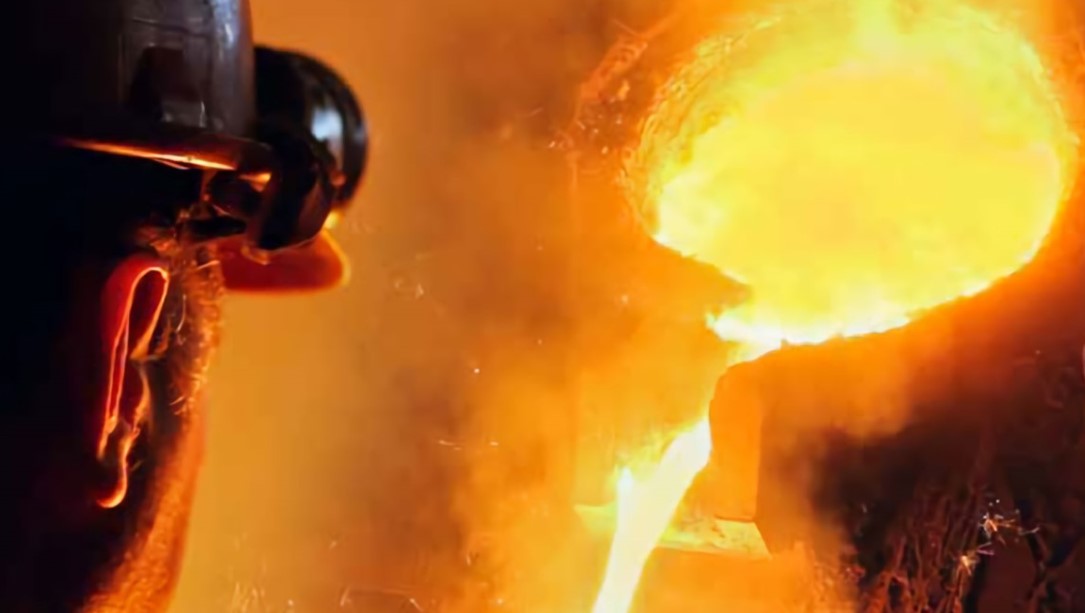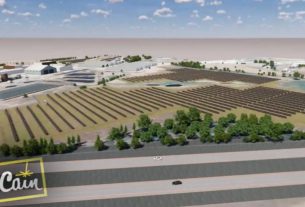Sweden – Vattenfall plans to seize the opportunities for creative and innovative solutions that climate change is providing.
Vattenfall’s goal to enable fossil-free living within one generation means making its own energy mix 100 per cent fossil free. It aims to do this through large investments in fossil-free energy and phasing out fossil energy sources.
Demand for sustainable solutions
According to the report, achieving a net-zero carbon emission economy will have only a negligible impact on living standards and on growth between now and 2050. Actually, full decarbonization will cost less than 0.5 per cent of global GDP according to ETC. Meanwhile ”The Economics of Climate Change: The Stern Review” has estimated the costs to between 5 and 20 per cent.
The growing demand for sustainable solutions and products from customers is certain to spur a new generation of materials and industries. As part of Vattenfall’s sustainable business strategy, forces should therefore be joined with organisations and companies with innovative ideas, competences and financial sources across the borders in Vattenfall’s value chains.
Electrification is key
Ever since the first electrons were put to work in the 19th century, electricity and fossil fuels have been a main driver for social and economic progress. And now, together with the decarbonization of the energy sector itself, electricity will be a key tool in the transformation towards fossil-free industrial sectors and societies. Electricity can be utilized to reduce or eliminate carbon emissions in industry and society by direct electrification, where it directly replaces a fossil-based energy source. Or by indirect electrification, mainly by introducing fossil-free hydrogen in industrial processes or in the transport or heat sectors. A prerequisite for electrification to be a driver for decarbonization is obviously that the energy supply is based on fossil-free electricity such as wind, solar, hydro or nuclear power.
Hydrogen as a solution
Vattenfall considers indirect electrification through fossil-free hydrogen as an important solution to decarbonize the value chains of in particular heavy-emitting industries, heavy transport and Vattenfall’s own fleet of heat power plants. Vattenfall sees a potential to contribute throughout the entire value chain from generation and delivery of fossil-free electricity to, in some cases, production and storage of hydrogen.
To Mikael Nordlander the role of hydrogen is clear: “Vattenfall is actively contributing to shaping a strong European hydrogen economy, where large-scale hydrogen production based on affordable fossil-free electricity is a key pillar for a successful energy transition.”
Partnering for a fossil-free future
Vattenfall is participating actively in various projects and development initiatives across all its markets to further drive the implementation of fossil-free electricity.
Direct electrification partnerships have already been formed with companies in the Swedish mining industry and in the transport sector. The company owns and operates one of Europe’s largest charging networks, InCharge, for electric cars. Also shipping and aviation are areas where Vattenfall engages in partnerships and innovation activities around direct electrification.
When it comes to indirect electrification, Vattenfall is driving the development towards utilization of fossil-free hydrogen tailored to the energy-intensive industry. This is done in several pioneering projects through partnerships in which each stakeholder contributes with its unique capabilities. Examples of this are the production of fossil-free steel and a strategy study for large-scale biofuel production. There are also plans at Vattenfall’s Moorburg power plant in Hamburg for a facility to produce hydrogen from wind and solar power to decarbonize facilities in the harbor area.
In the heating sector, Vattenfall is among other things working to establish whether our CHP plant Marzahn in Berlin can be used for testing the application of hydrogen in power plants.
Wind, solar and hydrogen
In the Netherlands, Vattenfall is also developing a project, which can potentially produce 100% renewable hydrogen onshore. It does so by connecting wind and solar electricity generation directly to an electrolyser and a battery.
Dedicated offshore hydrogen parks combining wind turbines and electrolysers could become one of the backbones of the hydrogen economy. Thanks to its high number of full-load hours, wind is particularly well suited for the production of fossil-free hydrogen. However, the fact that many future wind sites will be located further out at sea will make electric transmission via cable very expensive. Energy transmission via hydrogen piping will thus become the more attractive solution for these types of farms.
Decarbonizing through collaboration
Decarbonizing Vattenfall’s value chains through collaboration across companies, organisational, functional, societal and geographical borders is a complex challenge. Each country and market have their own specific challenges and strategies on how to move forward. It demands industry to even more actively search for the best fitting coalitions in order to create a new generation of fossil-free products and services. Working together in sometimes unexpected partnerships can increase the innovation potential along any step of the value chain. From design to delivery of intermediate and finished products or services, and to the way in which by-product streams are managed. Not in the least, working together also means that financial as well as non-financial risks can be better mitigated throughout the chain. The journey towards fossil-free living is well underway.




